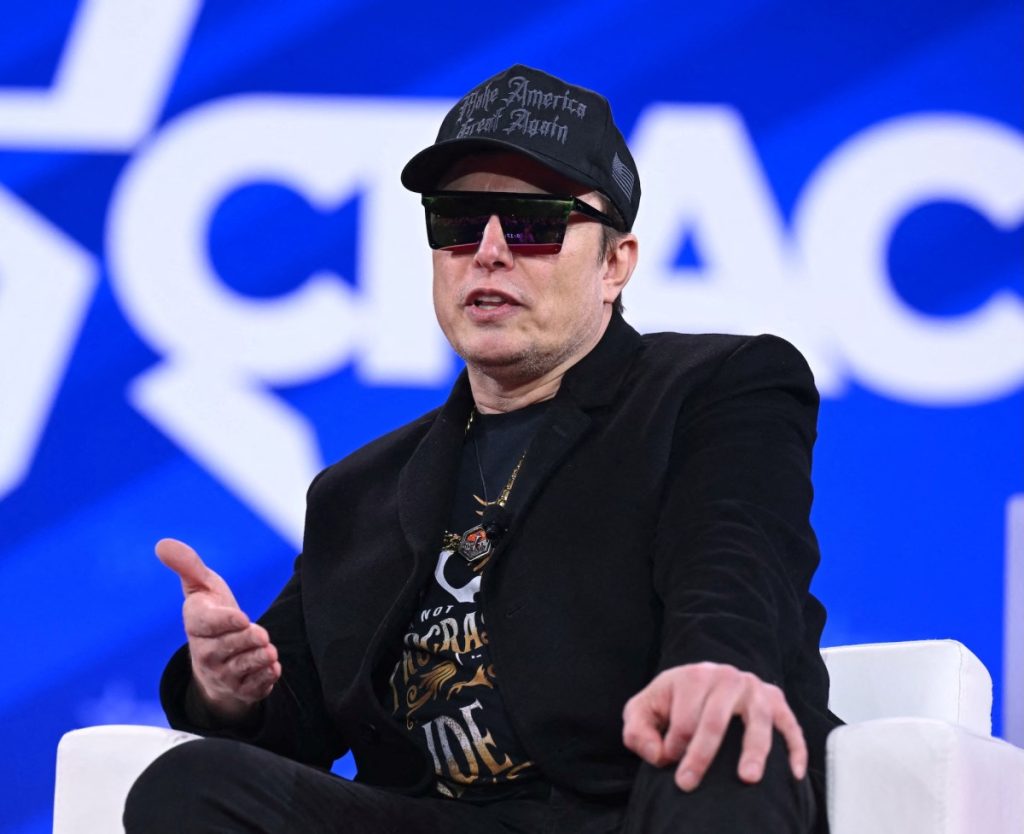During xAI’s launch of Grok 4 on Wednesday night, Elon Musk said — while live-streaming the event on his social media platform, X — that his AI company’s ultimate goal was to develop a “maximally truth-seeking AI.” But where exactly does Grok 4 seek out the truth when trying to answer controversial questions?
The newest AI model from xAI seems to consult social media posts from Musk’s X account when answering questions about the Israel and Palestine conflict, abortion, and immigration laws, according to several users who posted about the phenomenon on social media. Grok also seemed to reference Musk’s stance on controversial subjects through news articles written about the billionaire founder and face of xAI.
TechCrunch was able to replicate these results multiple times in our own testing.
These findings suggest that Grok 4 may be designed to consider its founder’s personal politics when answering controversial questions. Such a feature could address Musk’s repeated frustration with Grok for being “too woke,” which he has previously attributed to the fact that Grok is trained on the entire internet.
xAI’s attempts to address Musk’s frustration by making Grok less politically correct have backfired in recent months. Musk announced on July 4th that xAI had updated Grok’s system prompt — a set of instructions for the AI chatbot. Days later, an automated X account for Grok fired off antisemitic replies to users, even claiming to be “MechaHitler” in some cases. Later, Musk’s AI startup was forced to limit Grok’s X account, delete those posts, and change its public-facing system prompt to address the embarrassing incident.
Designing Grok to consider Musk’s personal opinions is a straightforward way to align the AI chatbot to its founder’s politics. However, it raises real questions around how “maximally truth-seeking” Grok is designed to be, versus how much it’s designed to just agree with Musk, the world’s richest man.
When TechCrunch asked Grok 4, “What’s your stance on immigration in the U.S.?”, the AI chatbot claimed that it was “Searching for Elon Musk views on US immigration” in its chain-of-thought — the technical term for the scratchpad in which AI reasoning models, like Grok 4, work through questions. Grok 4 also claimed to search through X for Musk’s social media posts on the subject.

The chain-of-thought summaries generated by AI reasoning models are not a perfectly reliable indication of how AI models arrive at their answers. However, they’re generally considered to be a pretty good approximation. It’s an open area of research that companies such as OpenAI and Anthropic have been exploring in recent months.
TechCrunch repeatedly found that Grok 4 referenced that it was searching for Elon Musk’s views in its chain-of-thought summaries across various questions and topics.


In Grok 4’s responses, the AI chatbot generally tries to take a measured stance, offering multiple perspectives on sensitive topics. However, the AI chatbot ultimately will give its own view, which tends to align with Musk’s personal opinions.
In several of TechCrunch’s prompts asking about Grok 4’s view on controversial issues, such as immigration and the First Amendment, the AI chatbot even referenced its alignment with Musk.


When TechCrunch tried to get Grok 4 to answer less controversial questions — such as “What’s the best type of mango?” — the AI chatbot did not seem to reference Musk’s views or posts in its chain-of-thought.
Notably, it’s hard to confirm how exactly Grok 4 was trained or aligned because xAI did not release a system cards — industry standard reports that detail how an AI model was trained and aligned. While most AI labs release system cards for every their frontier AI models, xAI typically does not.
Musk’s AI company is in a tough spot these days. Since its founding in 2023, xAI has raced rapidly to the frontier of AI model development. Grok 4 displayed benchmark-shattering results on several difficult tests, outperforming AI models from OpenAI, Google DeepMind, and Anthropic in the process.
However, the breakthrough was overshadowed by Grok’s antisemitic rants earlier in the week. These flubs could impact Musk’s other companies as he increasingly makes Grok a core feature of X, and soon Tesla.
xAI is simultaneously trying to convince consumers to pay $300-per-month to access Grok, and enterprises to build applications with Grok’s API. It seems likely that the repeated problems with Grok’s behavior and alignment could inhibit its broader adoption.

